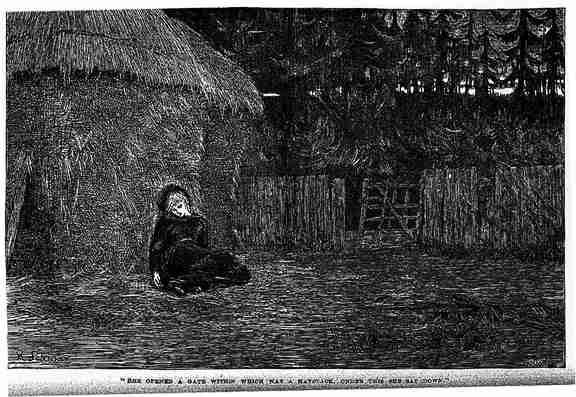Introduction: Stream of Consciousness is a phrase. It was William James who coined it in his 1890 treatise entitled ‘Principles of Psychology. This term is used to denote an expression of a(ny) character’s flow of thoughts in the form of the word.
In other words, the Stream of Consciousness technique records: (I) the multifarious thoughts, as well as (II) feelings of a character without regard to logical argument or narrative sequence.
In terms of the incidents in the plot, they are in the sequence of their occurrences. Here, the plot is presented/treated through the thought process of the character. That is why the details of the story appear/seem like they enter the character’s mind.
Stream of Consciousness Technique
Table of Contents
- This type of novel is characterized by ample thoughts as well as imagination. There is also a lack of punctuation as well as associative leaps in this technique
- There is no similarity between the Stream of Consciousness technique (novel) and Soliloquy as well a Dramatic Monologue. Because, in the letters (two) the speaker addresses another man, as far as the former is concerned; the thoughts remain in the character’s mind
- Moreover, Soliloquy, as well as Dramatic Monologues, are associated with the poetry. On the other hand, Stream of Consciousness is associated with the novel
- In addition, in the present time, this technique is used in (I) movies (II) drama, as well
- It is often regarded as a modern epic. There is no doubt that a novel may possess the vastness of an epic in (I) its plot, as well as, (II) characterization. Anyway, the novel is an epic of human psychology
- The Stream of Consciousness has the plot. But, the purpose of the plot is not to tell/describe a story of external life. But, to reveal the trend of its character’s mind. So, it is clear that there is no story in the old conventional sense
- The Stream of Consciousness Novel or Psychological novel is known for presenting a character in a particular situation. Moreover, the trend of his/her thinking/feeling with an artistic exactness as well
- It uses informal as well as colloquial language
- This type of novel does not follow conventional rules of syntax as well as punctuation
- This novel emerged during the early 20th-century modernist movement
Summing up
Finally, the Stream of Consciousness technique or interior monologue is one of the most significant devices of modern fiction. It is the term that has become common in literary criticism as well.
But, it is really hard to find an agreed precise definition of this term as well as consensus. This is the thing that has caused much muddle as well as confusion in discussions of this modernist technique.
Anyway, it is expected that this article will be useful for so many people, especially the students.
Who is credited to pioneer Stream of Consciousness technique?
Dorothy Richardson (1873-1957) who pioneered the Stream of Consciousness technique in his 1915 published novel sequence Pilgrimage. The pilgrimage includes 13 volumes.u003cbru003e
When was James Joyce’s Stream of Consciousness Novel u003cemu003eUlysses u003c/emu003epublished ?

Ulyssesu003cemu003e u003c/emu003ewas published in 1922. Molly Bloom, Stephen Dedalus, Cunningham, Mulligan, etc. are characters in James Joyce’s novel u003cemu003eUlyssesu003c/emu003e.
What do you know about the novel To the Lighthouseu003cemu003e?u003c/emu003e
To the Lighthouse is a Stream of Consciousness Novel by famous English writer Virginia Woolf. It was published in the year of 1927. The Ramsay family is in the center of u003cemu003eTo the Lighthouseu003c/emu003e.u003cbru003e




